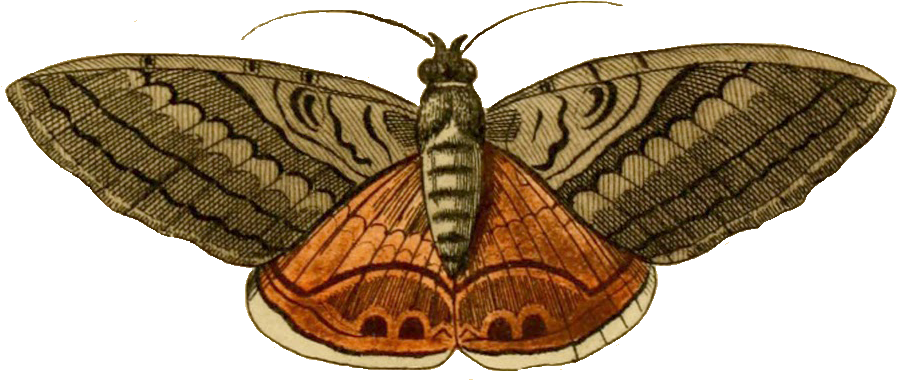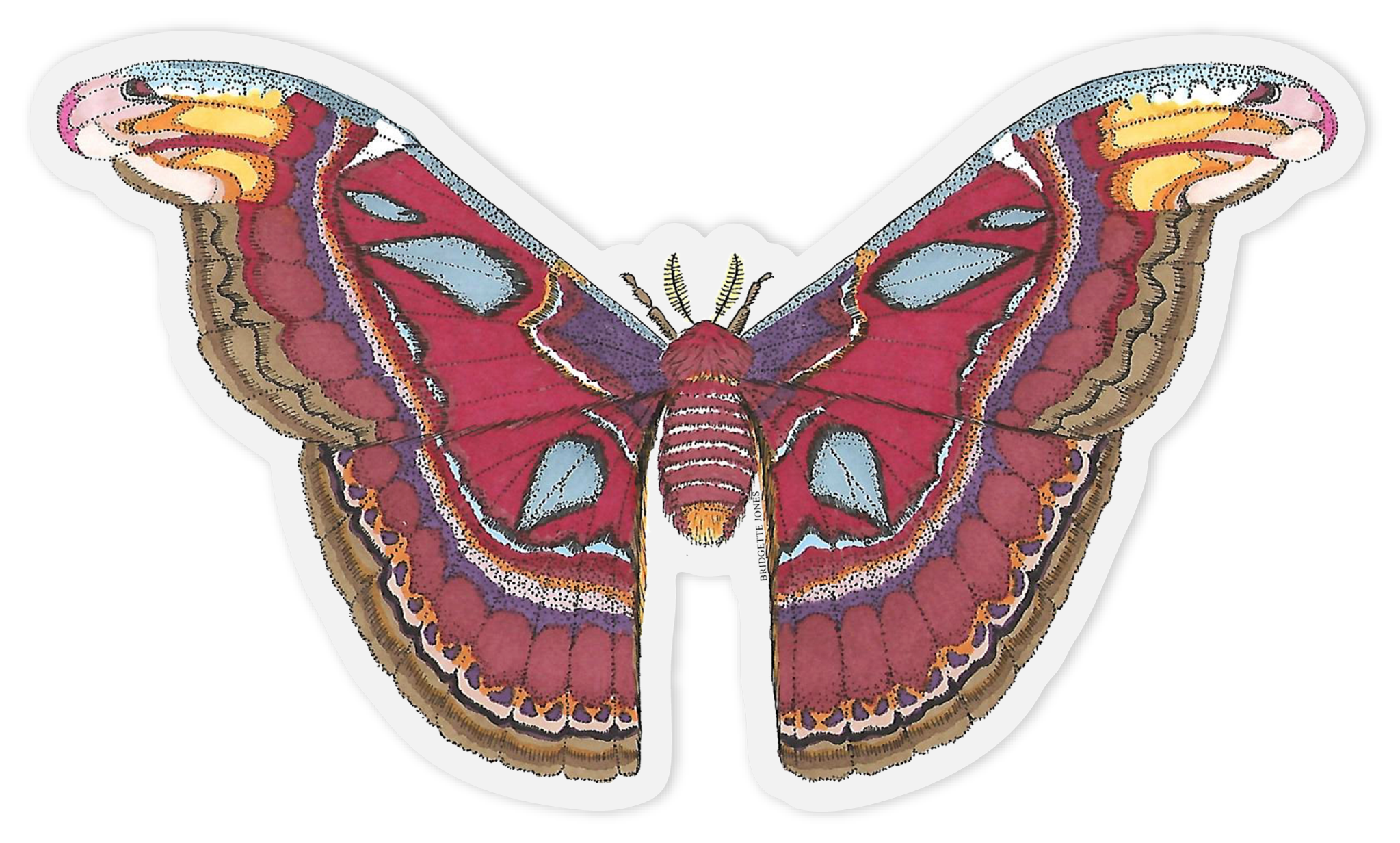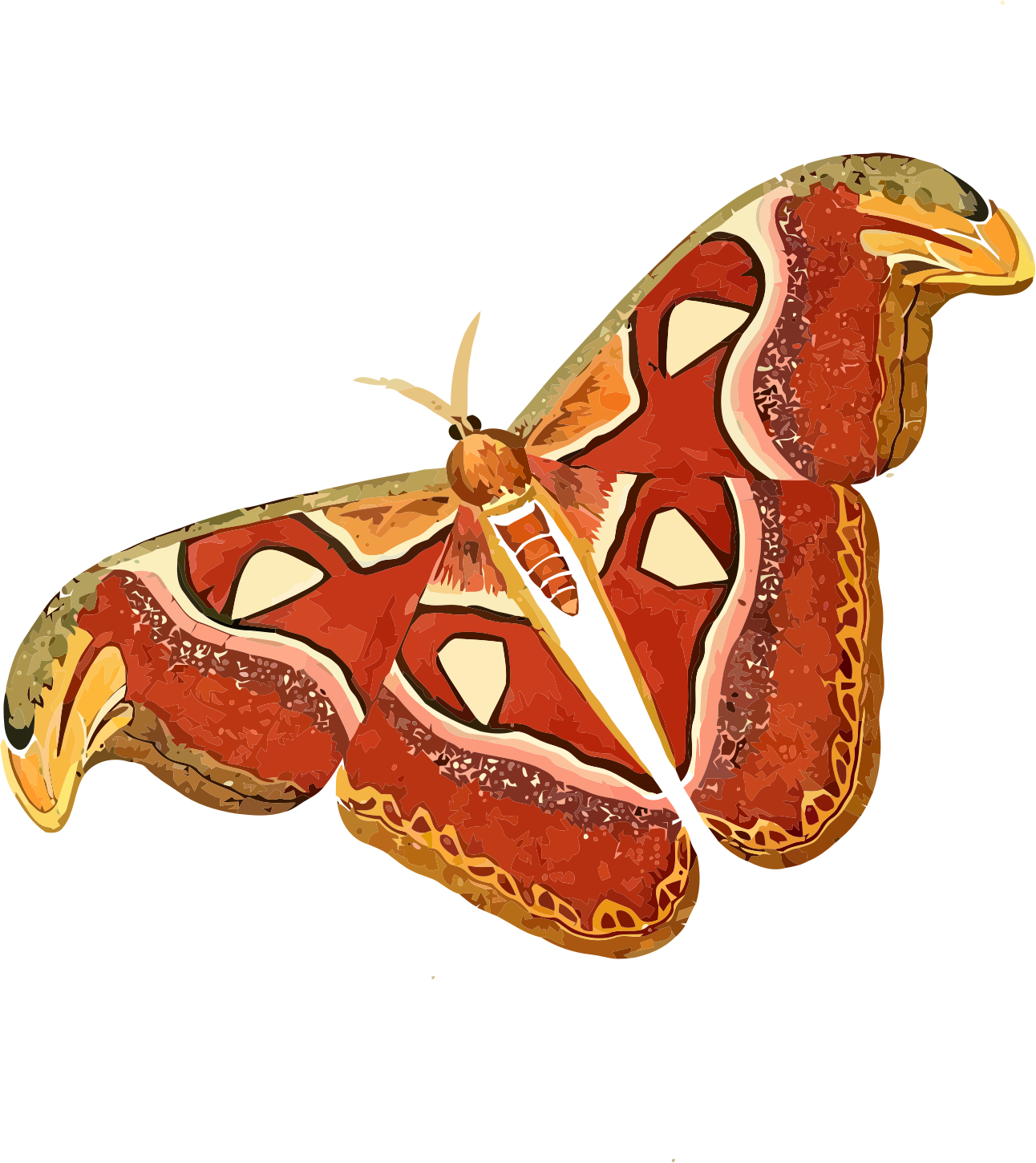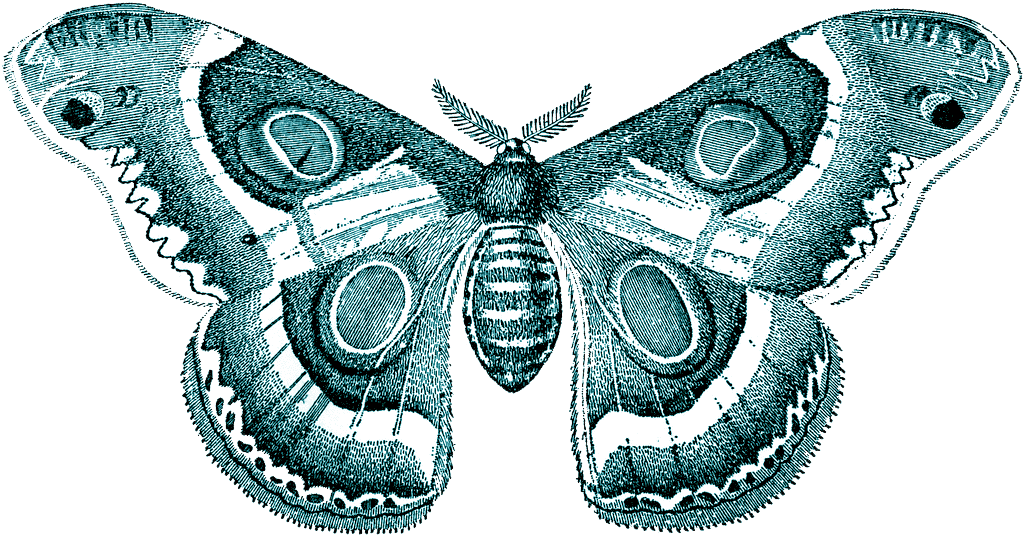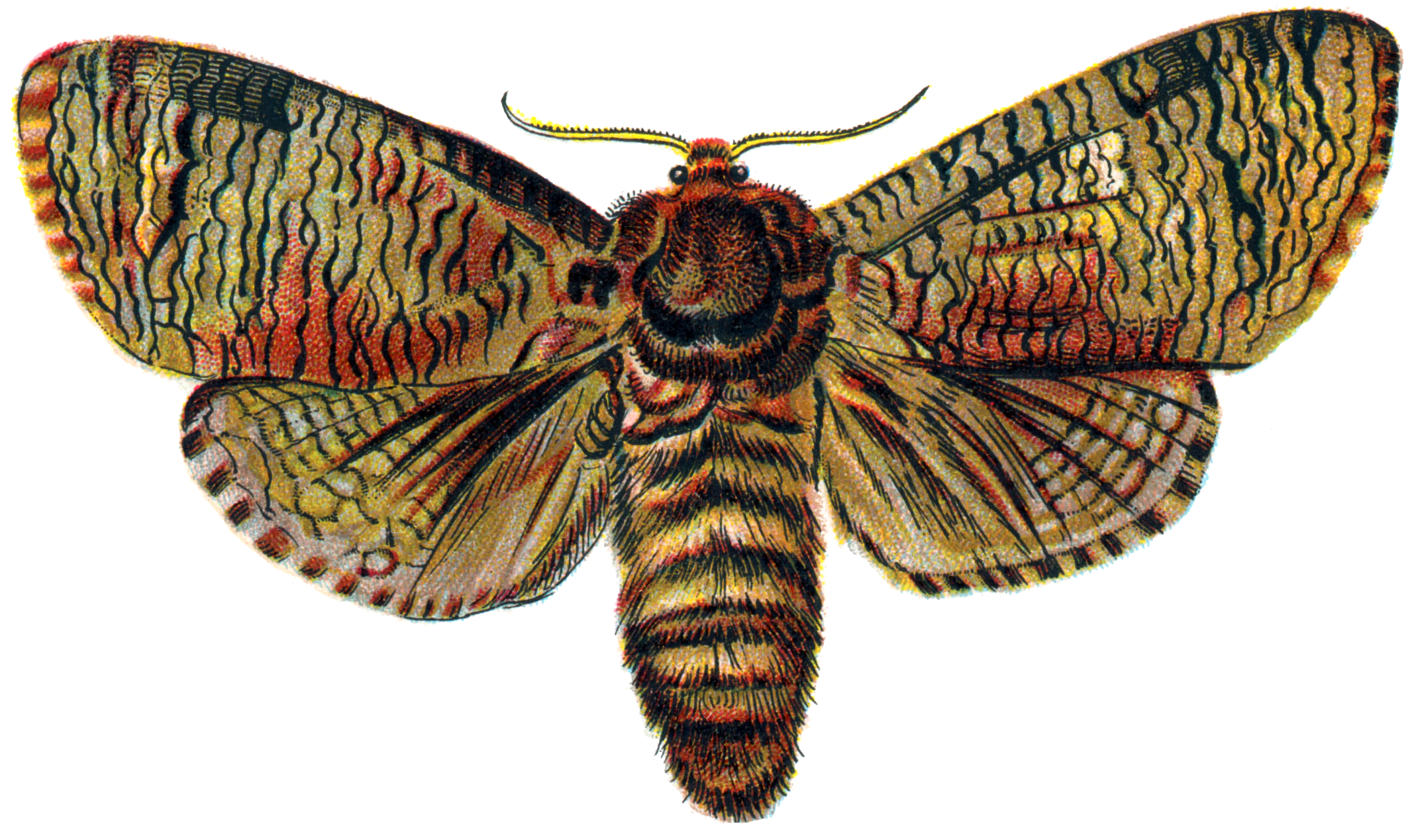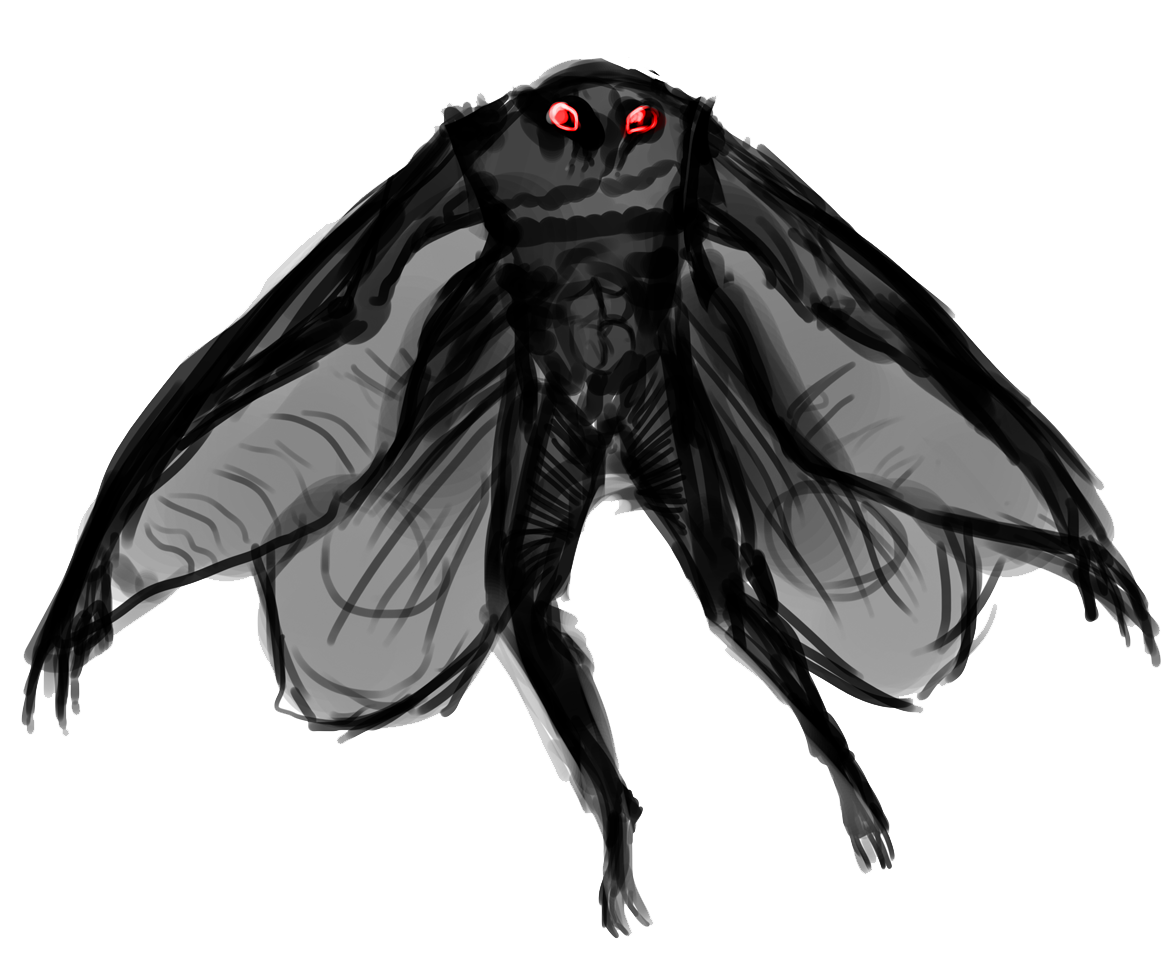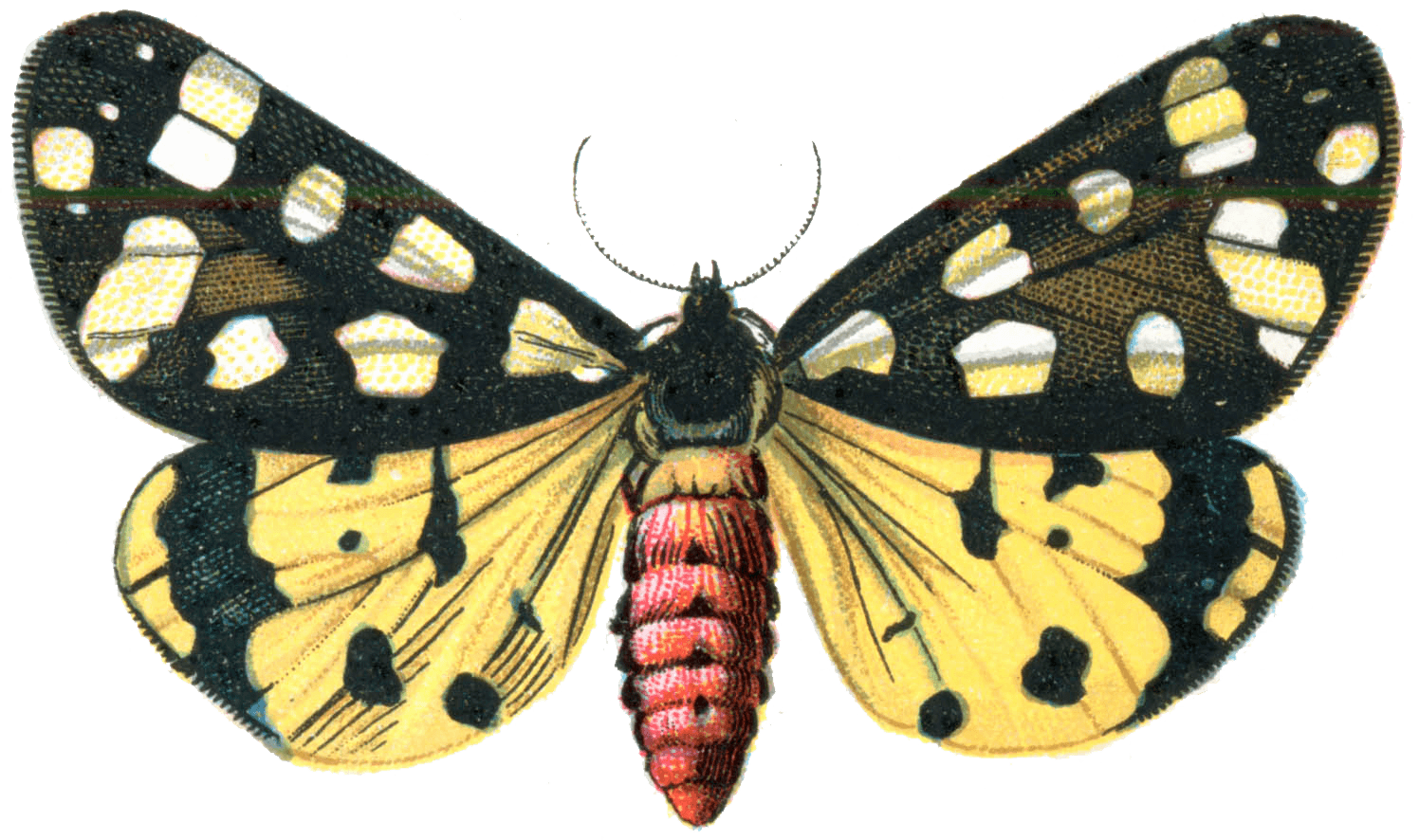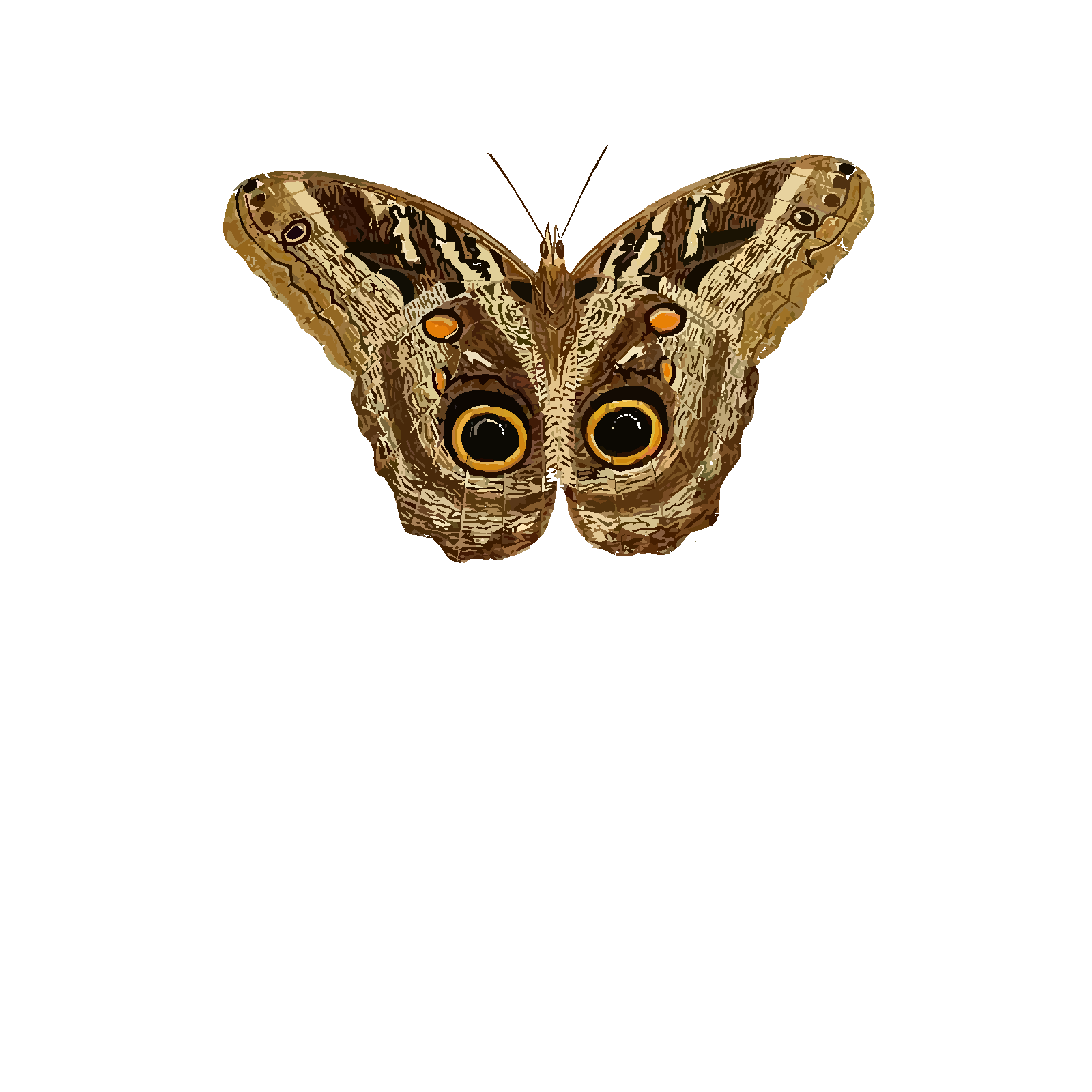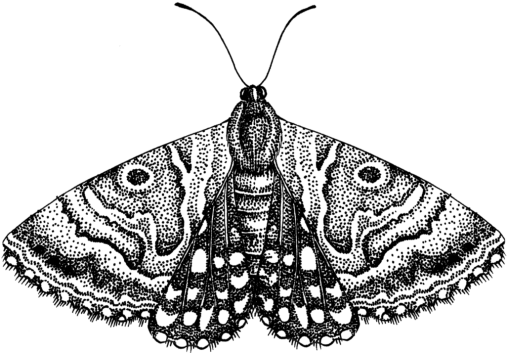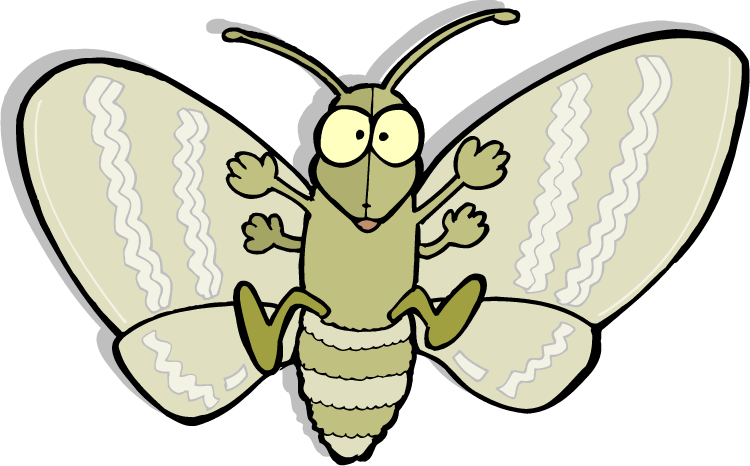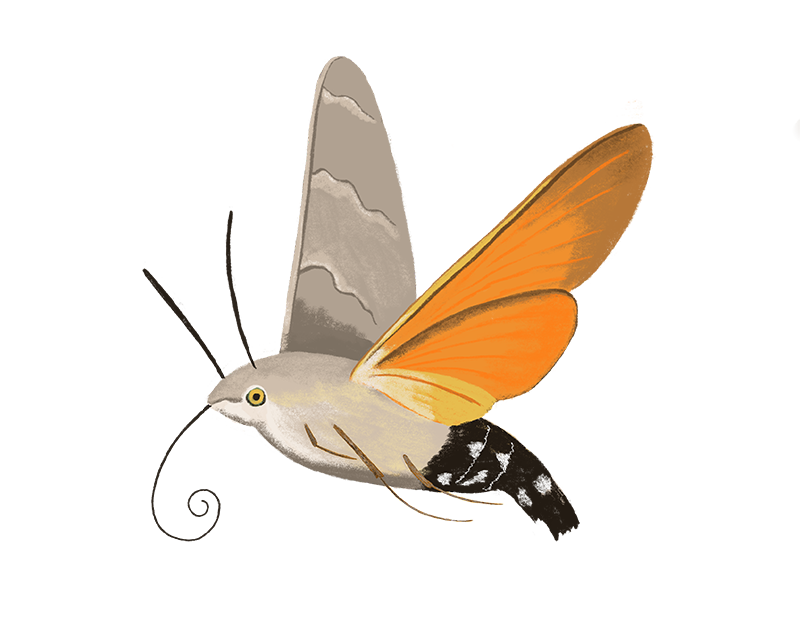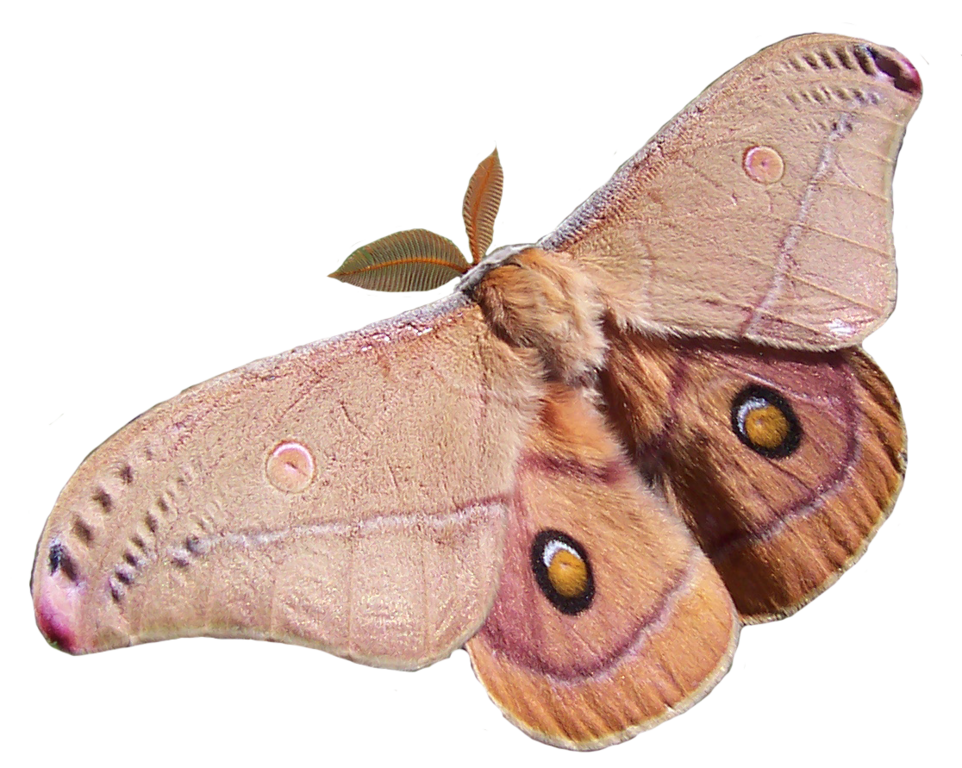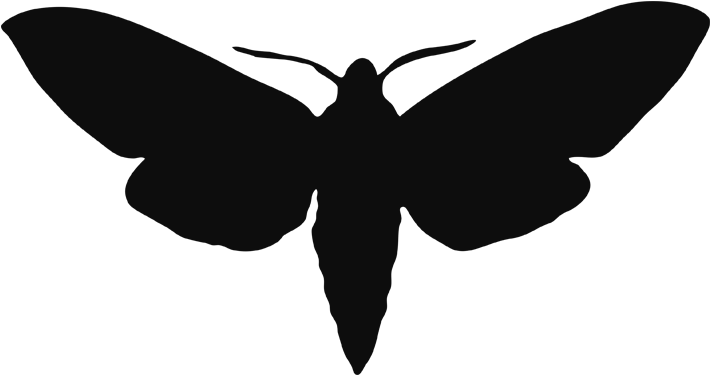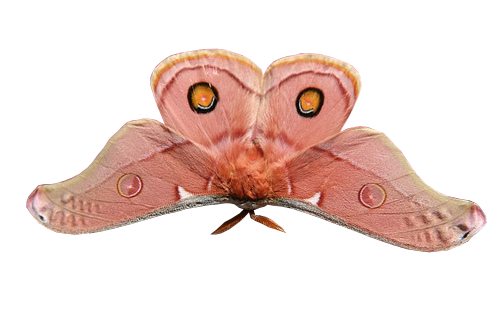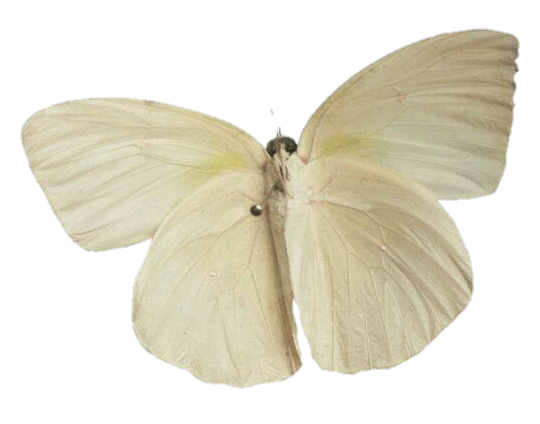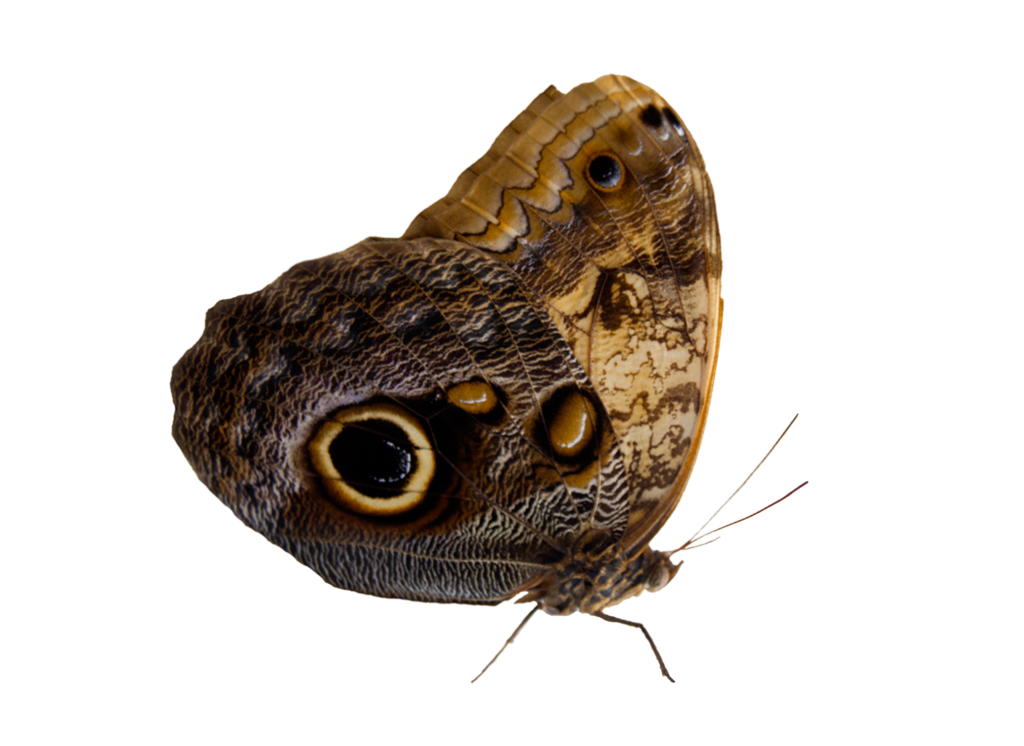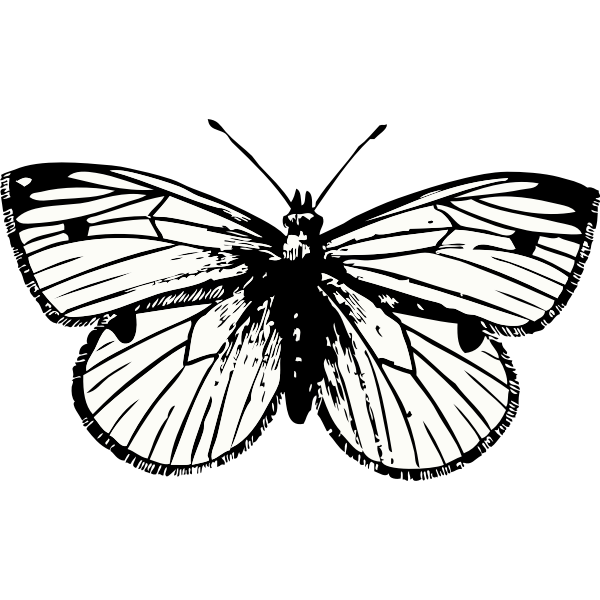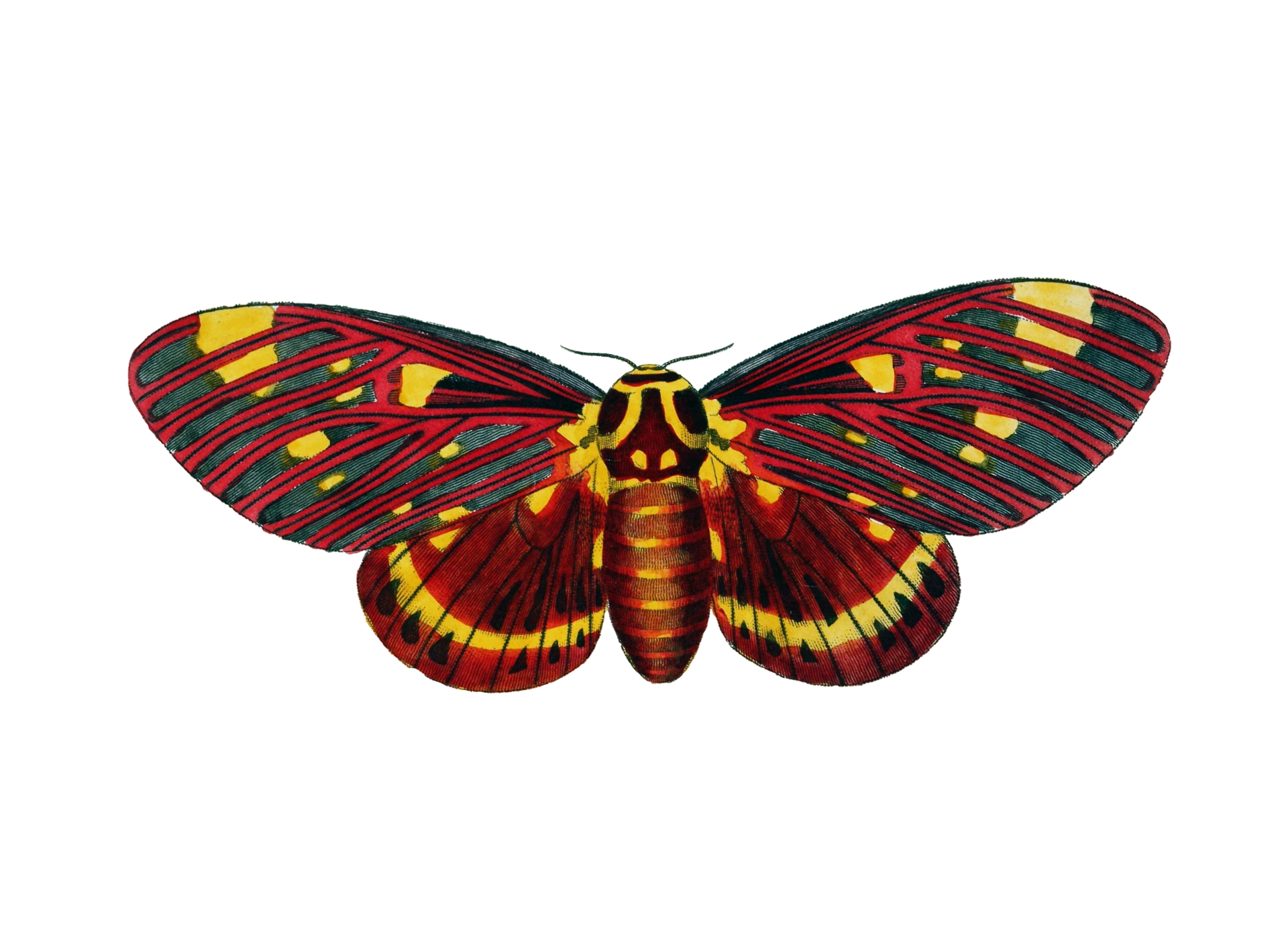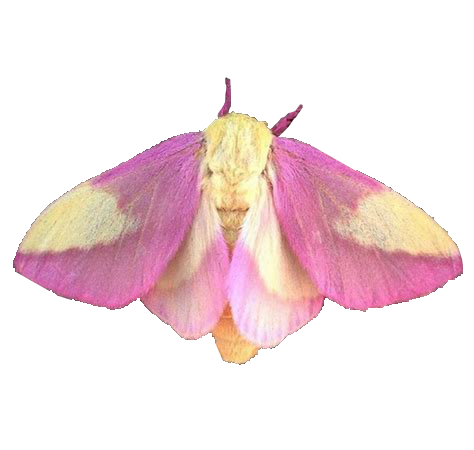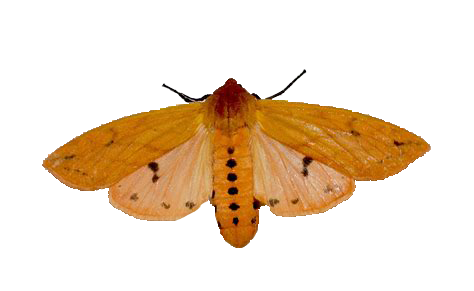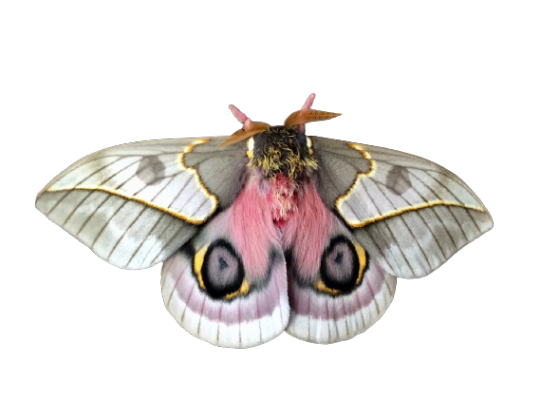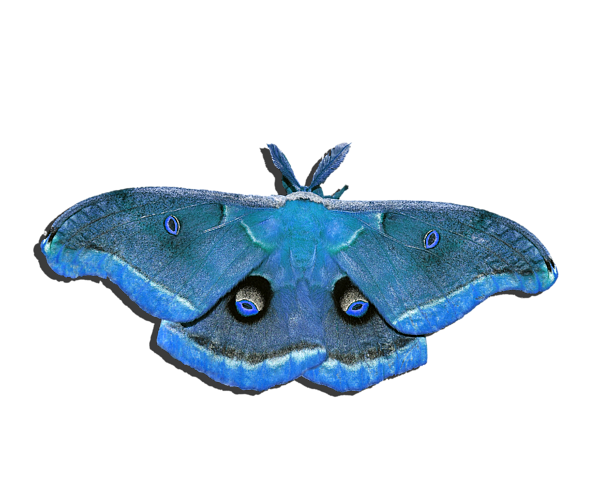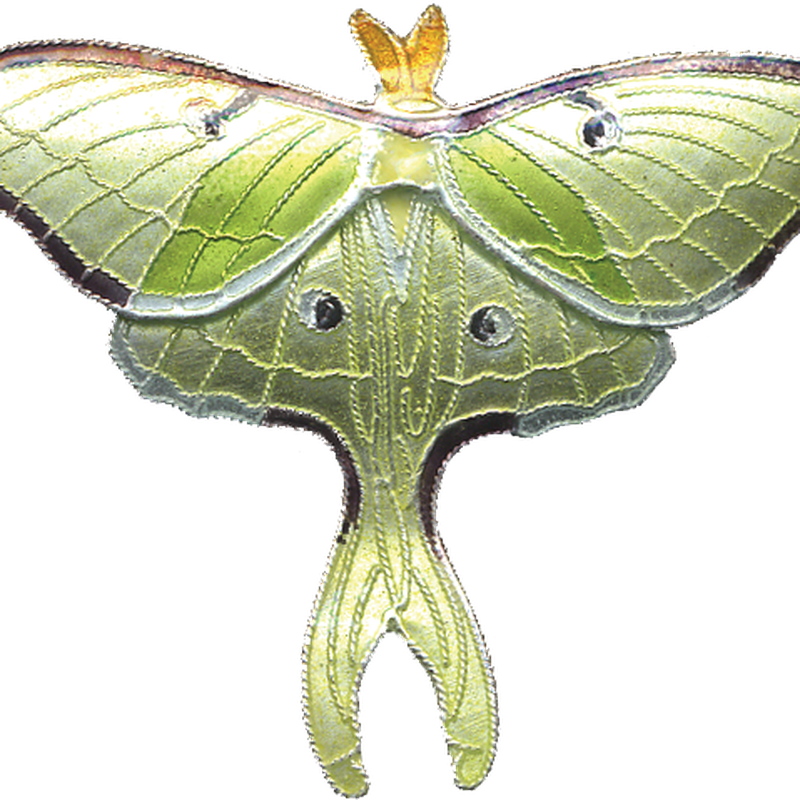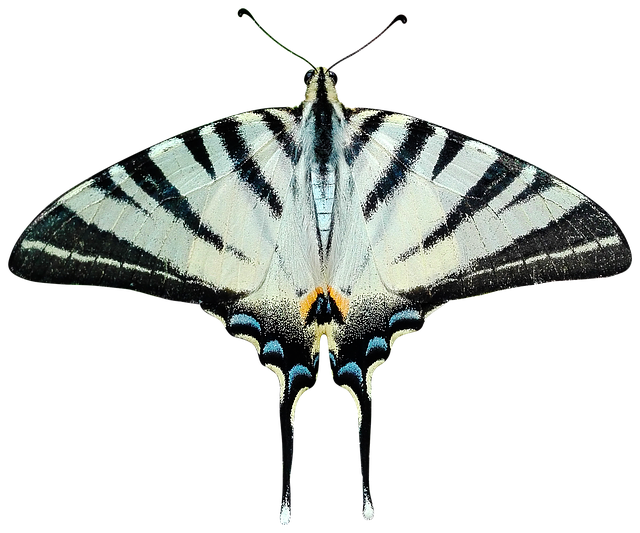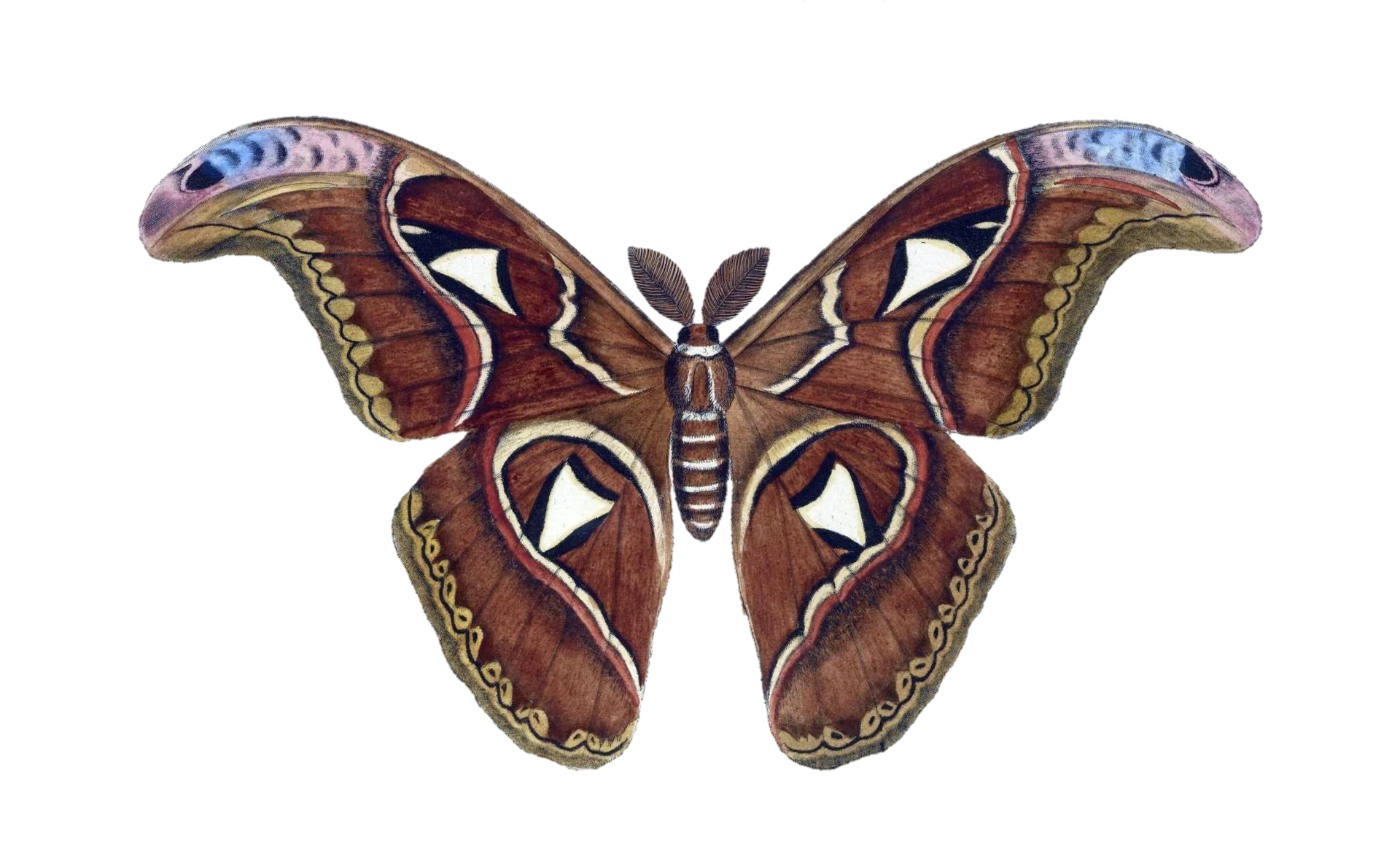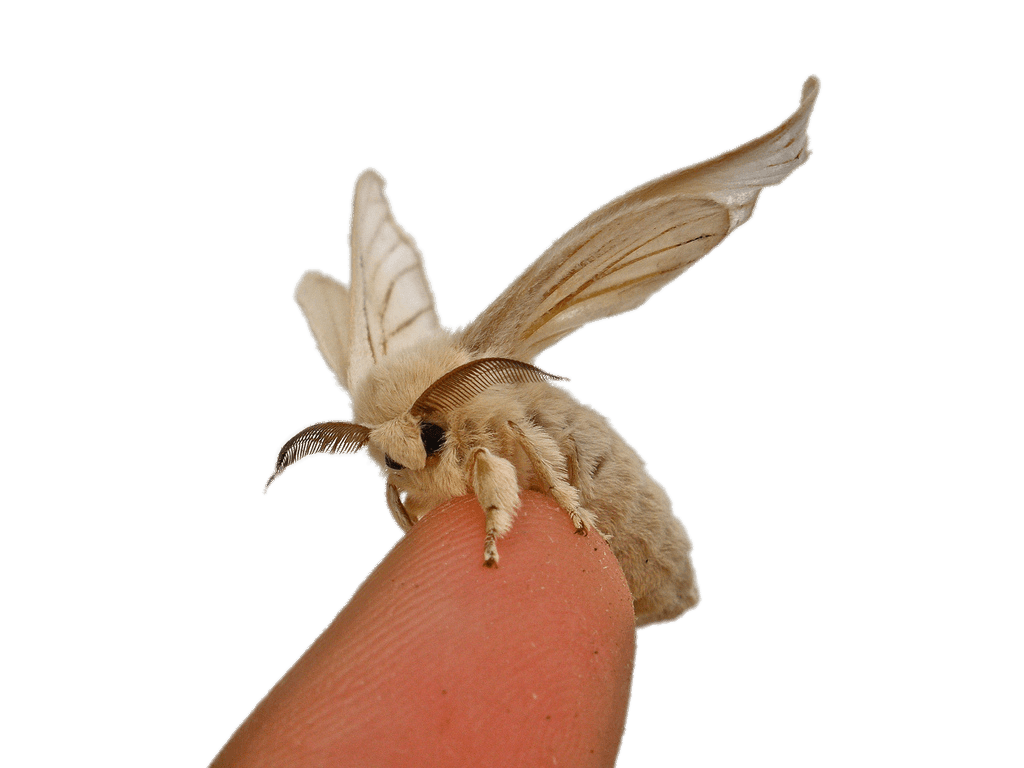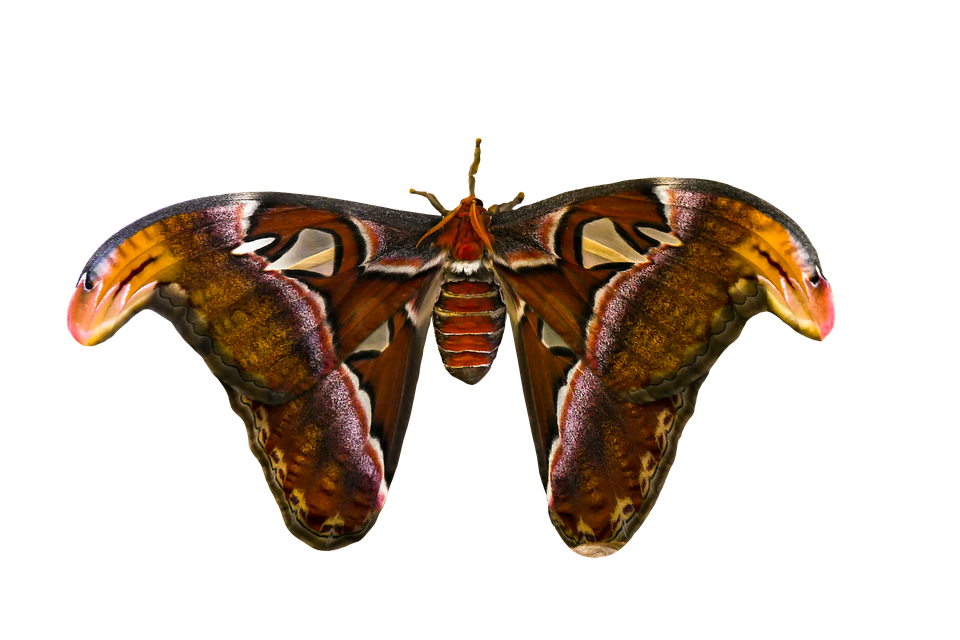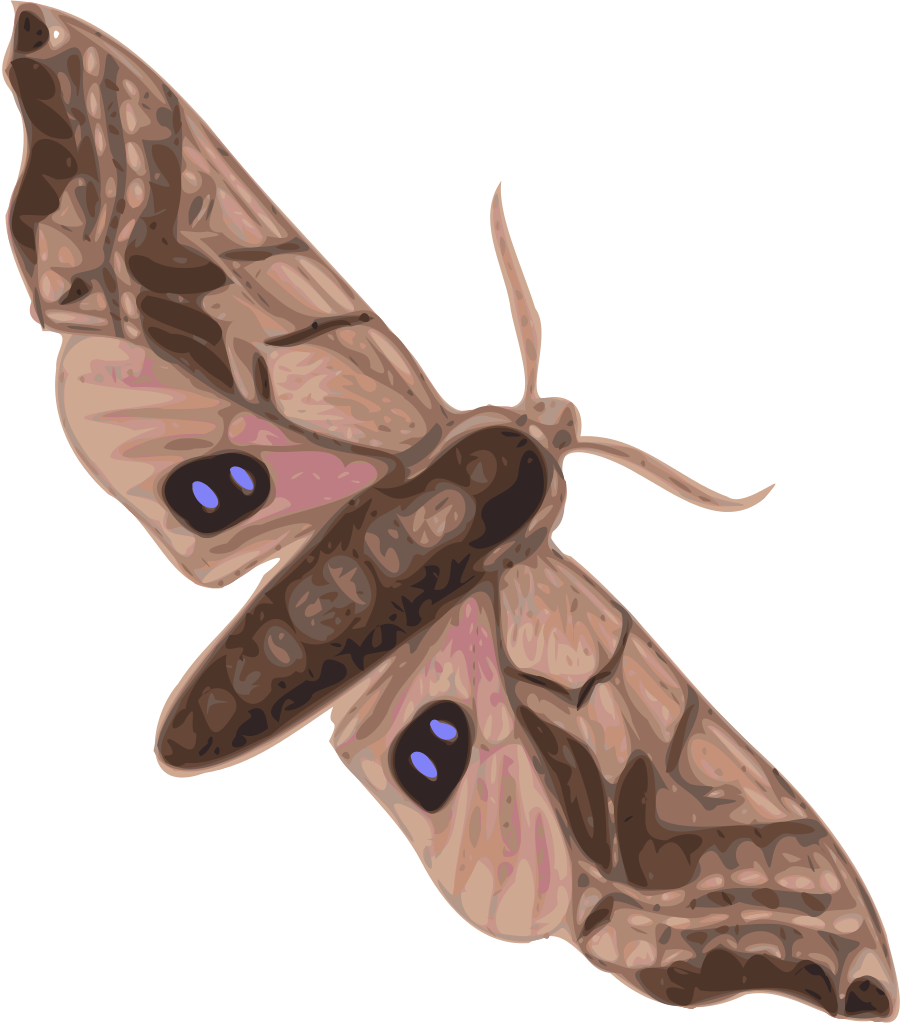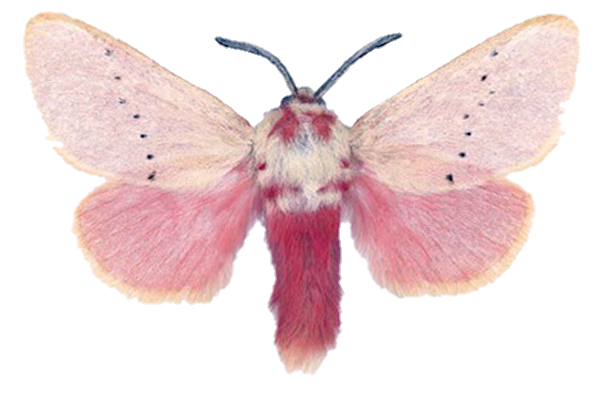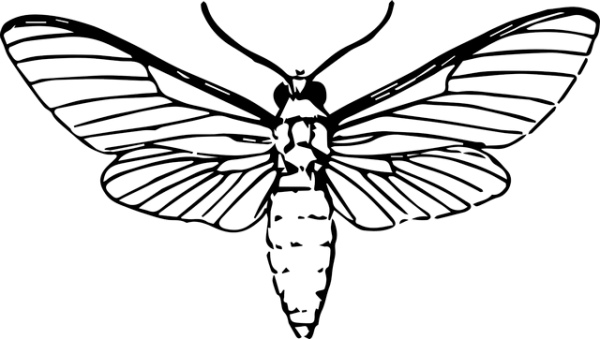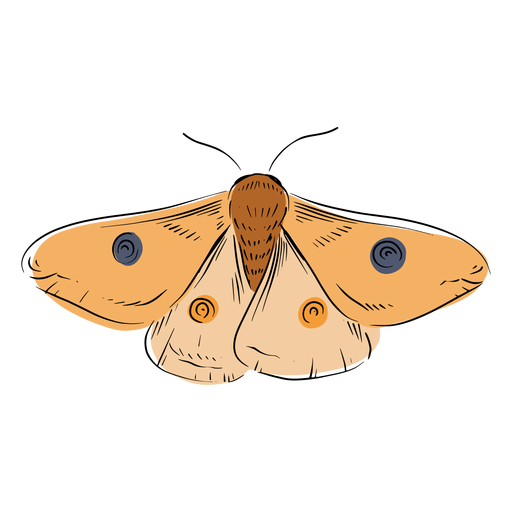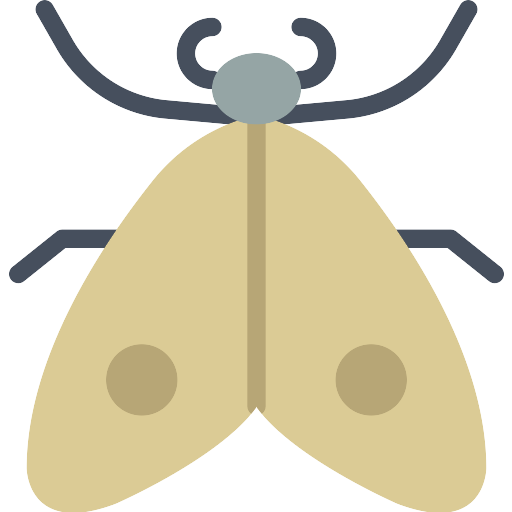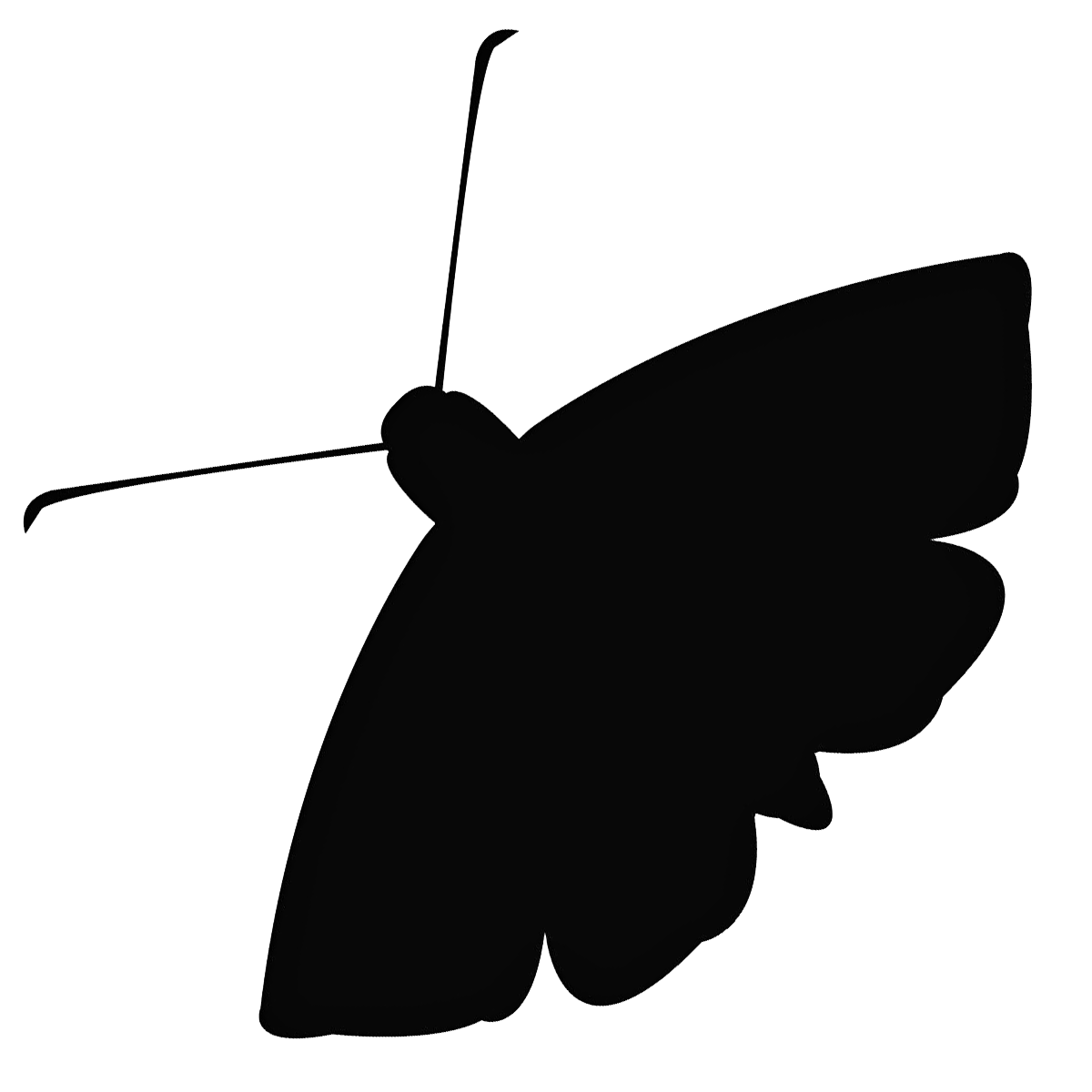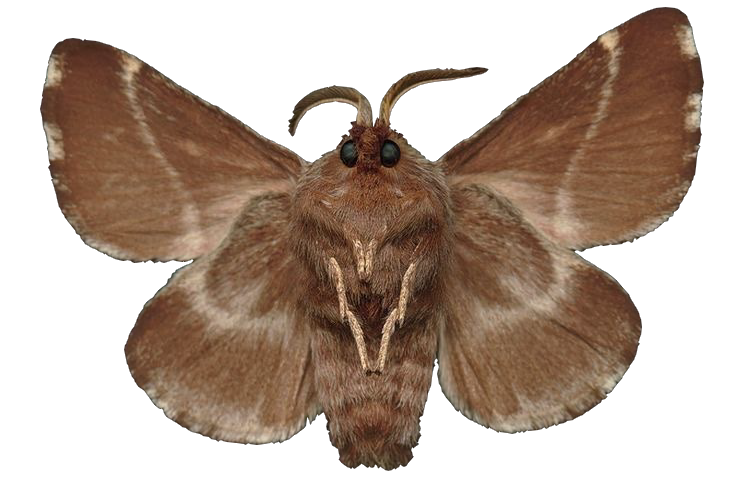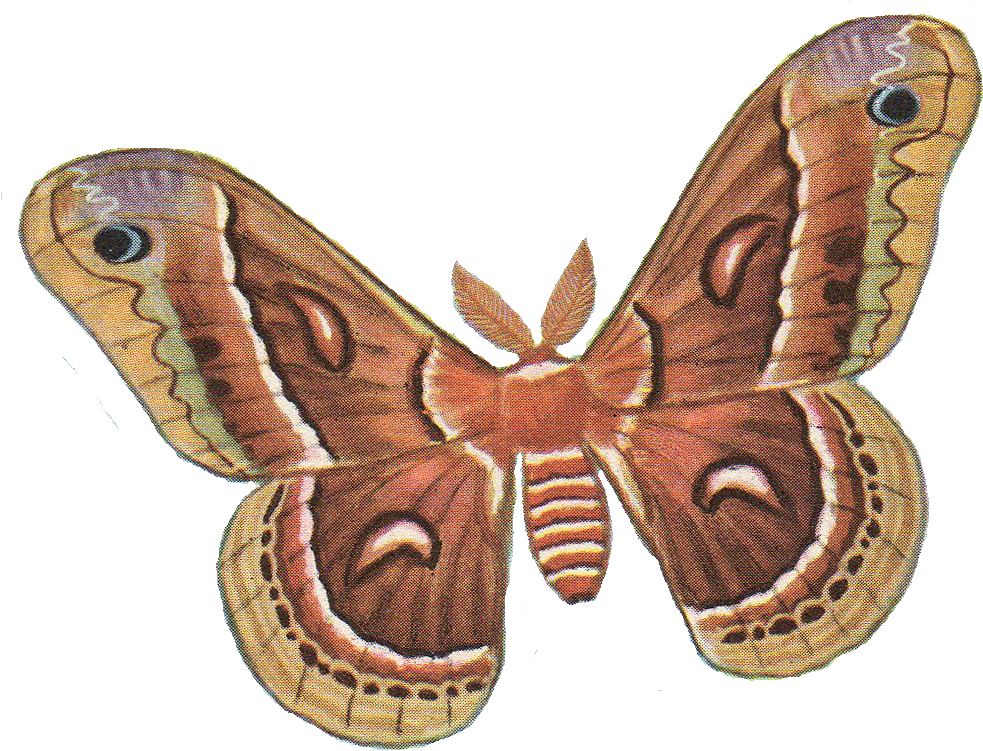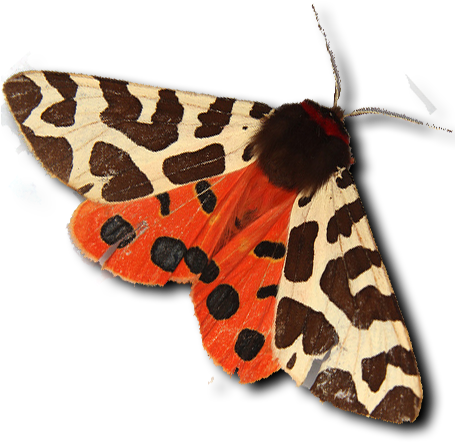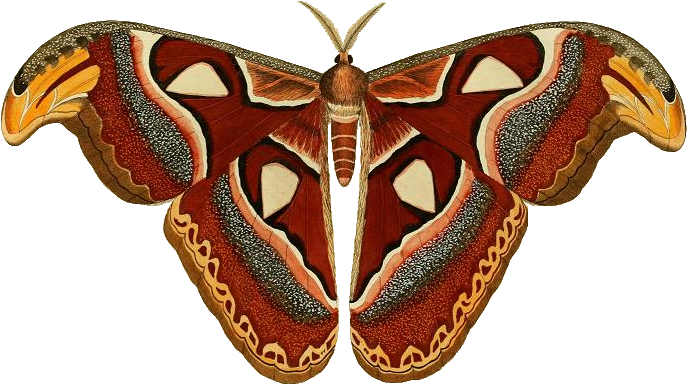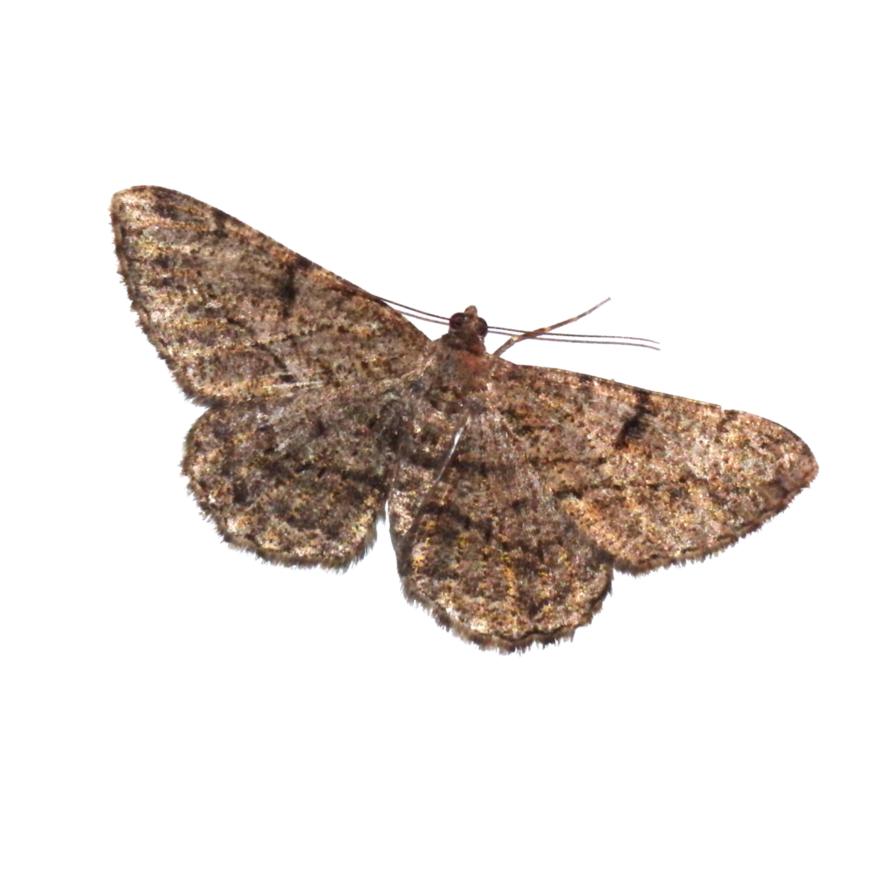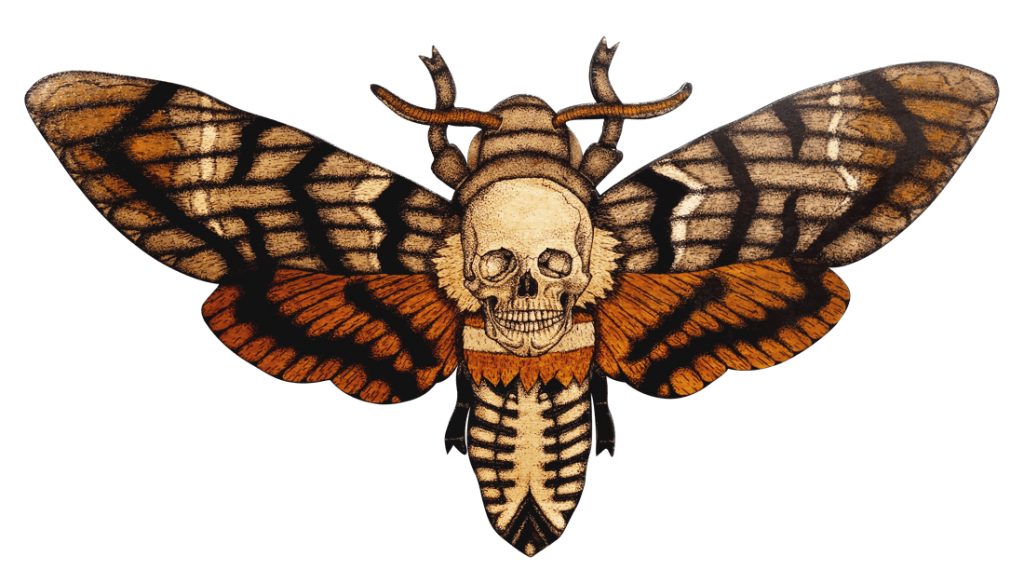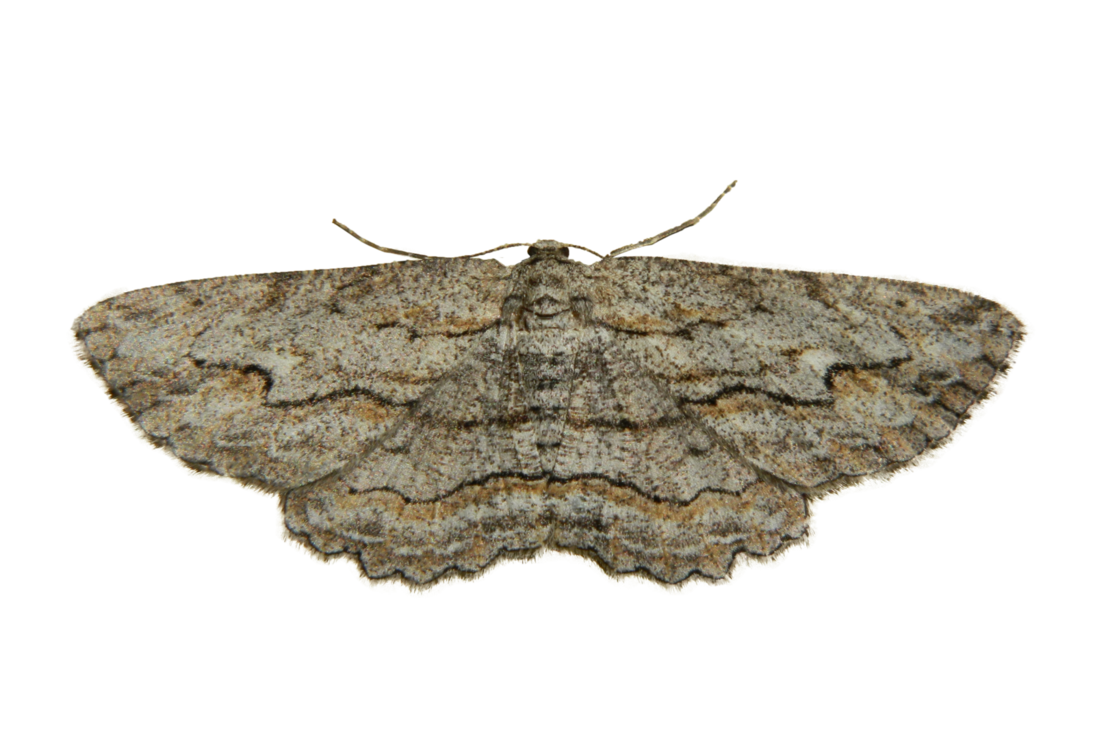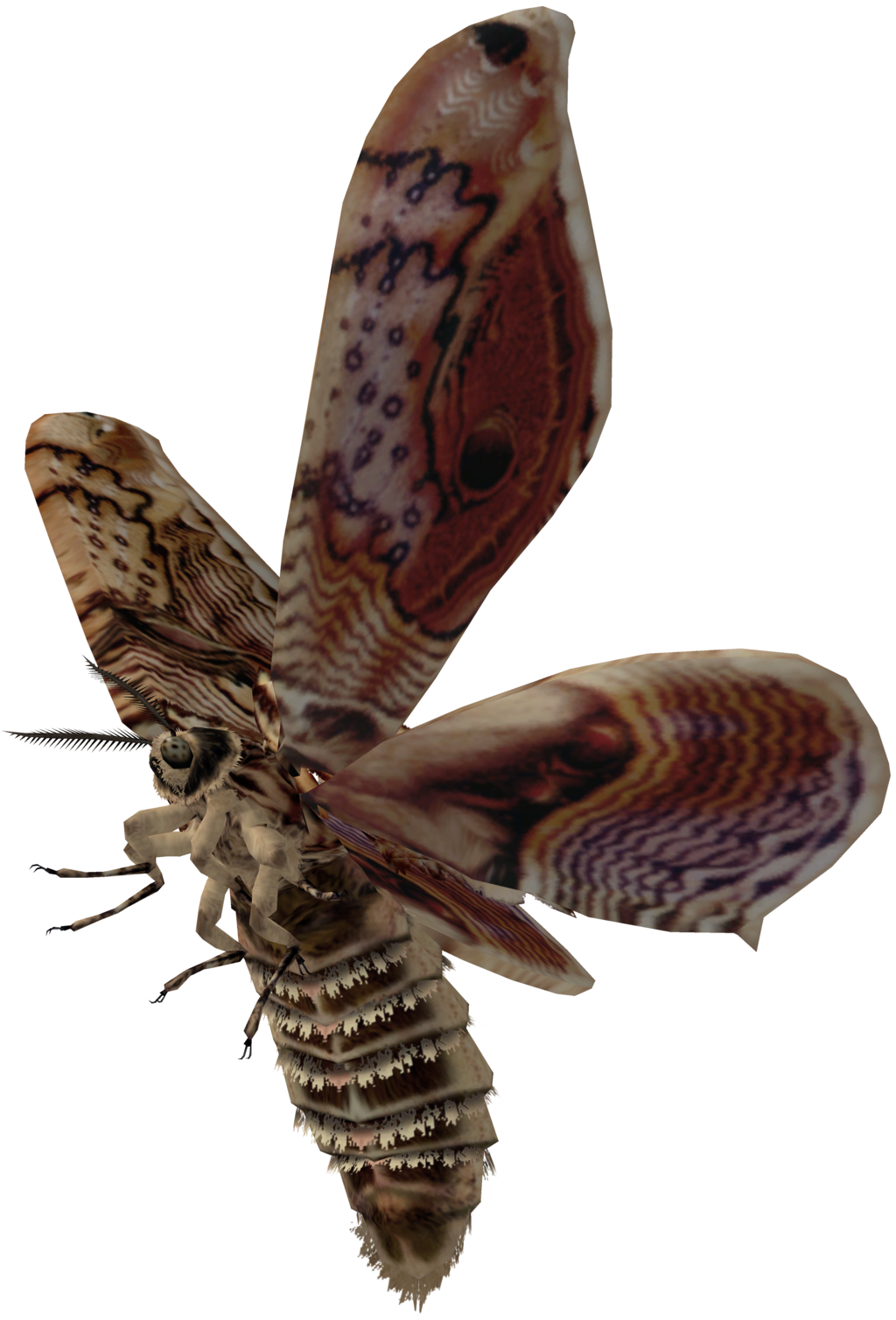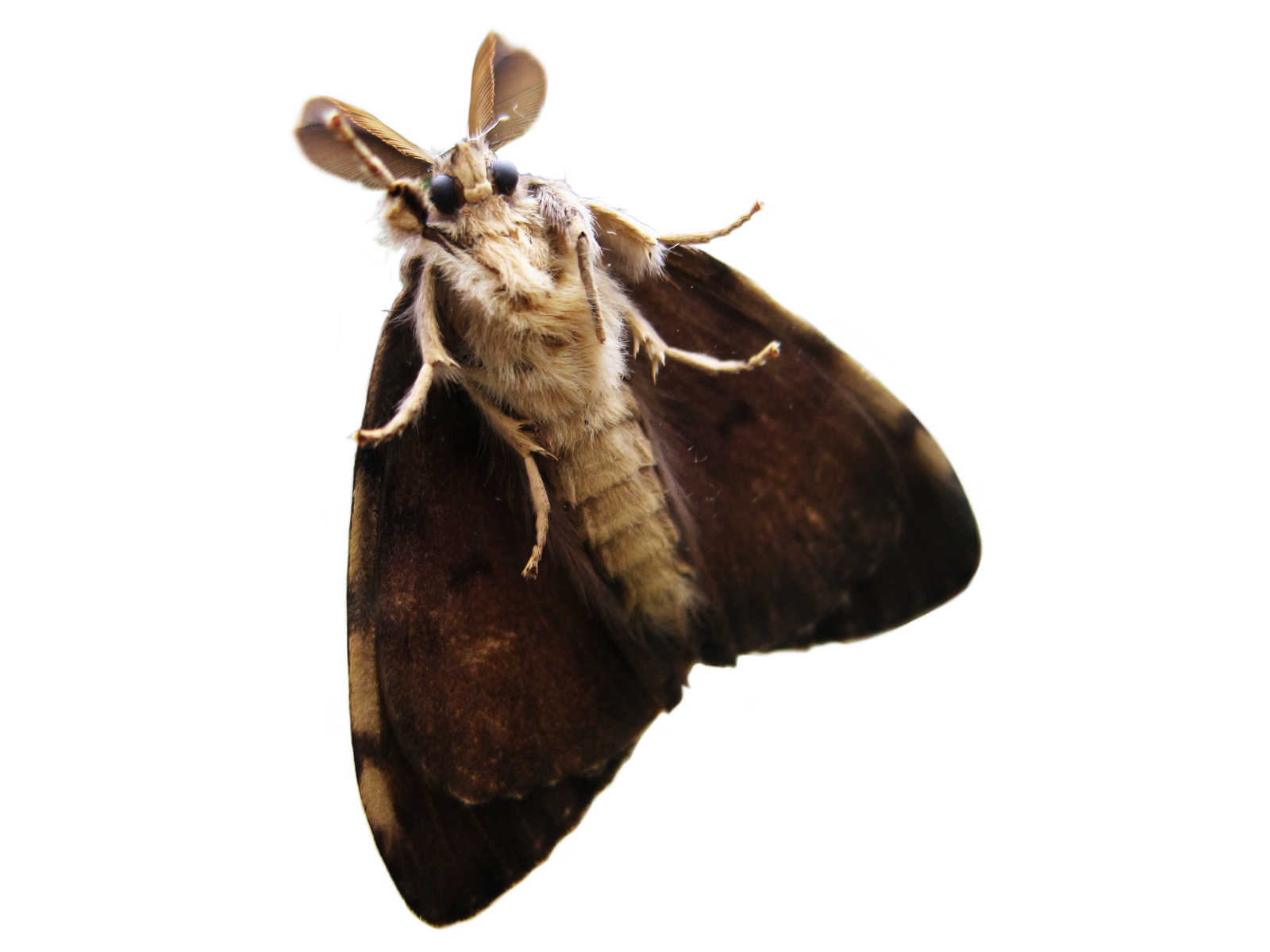Download top and best high-quality free Moth PNG Transparent Images backgrounds available in various sizes. To view the full PNG size resolution click on any of the below image thumbnail.
License Info: Creative Commons 4.0 BY-NC
Moths are a paraphyletic group of insects that contains all non-butterfly members of the order Lepidoptera, with moths accounting for the great bulk of the order’s members. There are an estimated 160,000 different species of moths, many of which have yet to be named. The majority of moth species are nocturnal, however some are crepuscular or diurnal.
The moths, which make up the rest of the Lepidoptera, do not form a monophyletic group like the butterflies. Many attempts have been made to group the Lepidoptera superfamilies into natural groups, but most of them have failed because one of the two groups is not monophyletic: Microlepidoptera and Macrolepidoptera, Heterocera and Rhopalocera, Jugatae and Frenatae, Monotrysia and Ditrysia, and Monotrysia and Ditrysia.
Although there are no well-established guidelines for identifying moths from butterflies, one excellent guiding concept is that butterflies have slender antennae and little balls or clubs at the end of their antennae (with the exception of the family Hedylidae). The antennae of moths are normally feathery and do not have a ball at the end. This approach is used to identify the divisions: “club-antennae” (Rhopalocera) or “varied-antennae” (Rhopalocera) (Heterocera). Lepidoptera differs from other species because, in the Middle Triassic, they evolved a tube-like proboscis that allowed them to obtain nectar from blooming plants.
The current English term moth is derived from Old English moe (Northumbrian mohe), which is derived from Common Germanic (see Old Norse motti, Dutch mot, and German Motte, all of which mean’moth’). Its roots are said to be linked to the Old English word maa, which means’maggot,’ or to the root of the word midge, which was generally used to refer to the larva until the 16th century, usually in connection to consuming garments.
Moth larvae, often known as caterpillars, spin cocoons from which fully formed moths with wings emerge. Some caterpillars of moths excavate burrows in the earth to reside in until they are ready to transform into adult moths.
Moths predate butterflies by millions of years; moth fossils dating back 190 million years have been discovered. Both types of Lepidoptera are assumed to have co-evolved with blooming plants, owing to the fact that most current species feed on flowering plants as adults and larvae. Archaeolepis mane is one of the oldest known species presumed to be a moth ancestor. Its fossil remains display scaled wings with veining that resembles that of caddisflies.
In many regions of the world, certain moths, particularly their caterpillars, may be severe agricultural pests. Corn borers and bollworms are two examples. In the northeastern United States, where it is an invasive species, the gypsy moth caterpillar (Lymantria dispar) does serious damage to forests. The codling moth causes substantial damage in temperate climes, particularly to fruit crops. The diamondback moth (Plutella xylostella) is the most devastating pest of brassicaceous crops in tropical and subtropical climes. The African sugarcane borer is a serious pest of sugarcane, maize, and sorghum in Sub-Saharan Africa.
Because their larvae devour fabric manufactured from natural proteinaceous fibers such as wool or silk, some moths in the Tineidae family are usually regarded as pests. Mixed materials including some artificial fibers are less likely to be eaten by them. They may be repelled by the aroma of wood from juniper and cedar, lavender, or other natural oils, according to some sources; nevertheless, many experts believe this is unlikely to prevent infection. Although naphthalene (the chemical found in mothballs) is thought to be more effective, its effects on human health are a worry.
Moth larvae can be destroyed by freezing the materials they infest for many days at temperatures below 8 degrees Celsius (18 degrees Fahrenheit).
While moths are known for devouring clothing, the majority of species do not, and some adult moths do not consume at all. Some huge moths, such as the Luna, Polyphemus, Atlas, Promethea, cecropia, and others, lack mouth parts. This is feasible because they rely on the food reserves they built up as caterpillars and only live for a brief period as adults (roughly a week for some species). Adult moths, on the other hand, devour a variety of things, including nectar.
Moths are farmed for their economic worth in some cases. The silkworm, the caterpillar of the domesticated moth Bombyx mori, is the most well-known of them. It is raised for the silk that it uses to construct its cocoon. The silk business generates more than 130 million kg of raw silk per year, valued around $250 million in the United States, as of 2002.
Download Moth PNG images transparent gallery
- Moth Insect PNG Free Image
Resolution: 897 × 380
Size: 562 KB
Image Format: .png
Download
- Moth Insect PNG
Resolution: 2047 × 1232
Size: 2466 KB
Image Format: .png
Download
- Moth Insect PNG Pic
Resolution: 1292 × 1450
Size: 490 KB
Image Format: .png
Download
- Moth Insect PNG File
Resolution: 3076 × 2300
Size: 274 KB
Image Format: .png
Download
- Moth Insect PNG Image
Resolution: 1024 × 537
Size: 408 KB
Image Format: .png
Download
- Moth Insect PNG Photo
Resolution: 2141 × 1269
Size: 3257 KB
Image Format: .png
Download
- Moth Insect PNG Cutout
Resolution: 1175 × 957
Size: 417 KB
Image Format: .png
Download
- Moth Insect PNG Images
Resolution: 1496 × 886
Size: 532 KB
Image Format: .png
Download
- Moth Insect PNG Photos
Resolution: 1600 × 1600
Size: 88 KB
Image Format: .png
Download
- Moth Butterfly
Resolution: 507 × 353
Size: 160 KB
Image Format: .png
Download
- Moth Butterfly PNG
Resolution: 750 × 466
Size: 91 KB
Image Format: .png
Download
- Moth Butterfly PNG Pic
Resolution: 800 × 618
Size: 249 KB
Image Format: .png
Download
- Moth Butterfly PNG File
Resolution: 962 × 768
Size: 868 KB
Image Format: .png
Download
- Moth Butterfly PNG Image
Resolution: 710 × 375
Size: 13 KB
Image Format: .png
Download
- Moth Butterfly PNG Photo
Resolution: 500 × 333
Size: 315 KB
Image Format: .png
Download
- Moth Butterfly PNG Cutout
Resolution: 540 × 424
Size: 149 KB
Image Format: .png
Download
- Moth Butterfly PNG Images
Resolution: 1024 × 746
Size: 498 KB
Image Format: .png
Download
- Moth Butterfly PNG Photos
Resolution: 600 × 600
Size: 116 KB
Image Format: .png
Download
- Moth Butterfly Transparent
Resolution: 512 × 512
Size: 72 KB
Image Format: .png
Download
- Moth Butterfly PNG Clipart
Resolution: 1920 × 1415
Size: 1536 KB
Image Format: .png
Download
- Moth Butterfly PNG Picture
Resolution: 474 × 450
Size: 133 KB
Image Format: .png
Download
- Moth Butterfly PNG HD Image
Resolution: 474 × 291
Size: 81 KB
Image Format: .png
Download
- Moth Butterfly PNG Image HD
Resolution: 540 × 416
Size: 154 KB
Image Format: .png
Download
- Moth
Resolution: 960 × 582
Size: 167 KB
Image Format: .png
Download
- Moth PNG
Resolution: 600 × 480
Size: 209 KB
Image Format: .png
Download
- Moth PNG Pic
Resolution: 800 × 800
Size: 746 KB
Image Format: .png
Download
- Moth PNG File
Resolution: 640 × 533
Size: 323 KB
Image Format: .png
Download
- Moth PNG Image
Resolution: 1920 × 1185
Size: 1657 KB
Image Format: .png
Download
- Moth PNG Photo
Resolution: 1024 × 768
Size: 138 KB
Image Format: .png
Download
- Moth PNG Cutout
Resolution: 960 × 480
Size: 267 KB
Image Format: .png
Download
- Moth PNG Images
Resolution: 512 × 512
Size: 138 KB
Image Format: .png
Download
- Moth PNG Photos
Resolution: 960 × 640
Size: 413 KB
Image Format: .png
Download
- Moth Transparent
Resolution: 900 × 1024
Size: 354 KB
Image Format: .png
Download
- Moth PNG Clipart
Resolution: 600 × 400
Size: 310 KB
Image Format: .png
Download
- Moth PNG Picture
Resolution: 600 × 339
Size: 151 KB
Image Format: .png
Download
- Moth PNG HD Image
Resolution: 512 × 512
Size: 71 KB
Image Format: .png
Download
- Moth PNG Image HD
Resolution: 512 × 512
Size: 33 KB
Image Format: .png
Download
- Moth No Background
Resolution: 512 × 512
Size: 21 KB
Image Format: .png
Download
- Moth PNG Images HD
Resolution: 1200 × 1200
Size: 103 KB
Image Format: .png
Download
- Moth PNG Free Image
Resolution: 750 × 484
Size: 363 KB
Image Format: .png
Download
- Moth PNG Image File
Resolution: 1295 × 750
Size: 256 KB
Image Format: .png
Download
- Moth Background PNG
Resolution: 513 × 514
Size: 10 KB
Image Format: .png
Download
- Moth Insect
Resolution: 983 × 751
Size: 1234 KB
Image Format: .png
Download
- Moth Insect Transparent
Resolution: 455 × 442
Size: 295 KB
Image Format: .png
Download
- Moth Insect PNG Clipart
Resolution: 687 × 384
Size: 448 KB
Image Format: .png
Download
- Moth Insect PNG Picture
Resolution: 894 × 894
Size: 423 KB
Image Format: .png
Download
- Moth Insect PNG HD Image
Resolution: 1024 × 584
Size: 579 KB
Image Format: .png
Download
- Moth Insect PNG Image HD
Resolution: 1095 × 730
Size: 614 KB
Image Format: .png
Download
- Moth Insect No Background
Resolution: 1024 × 1508
Size: 881 KB
Image Format: .png
Download
- Moth Insect PNG Images HD
Resolution: 1600 × 1200
Size: 920 KB
Image Format: .png
Download
